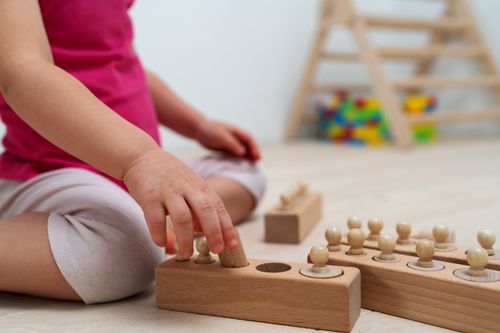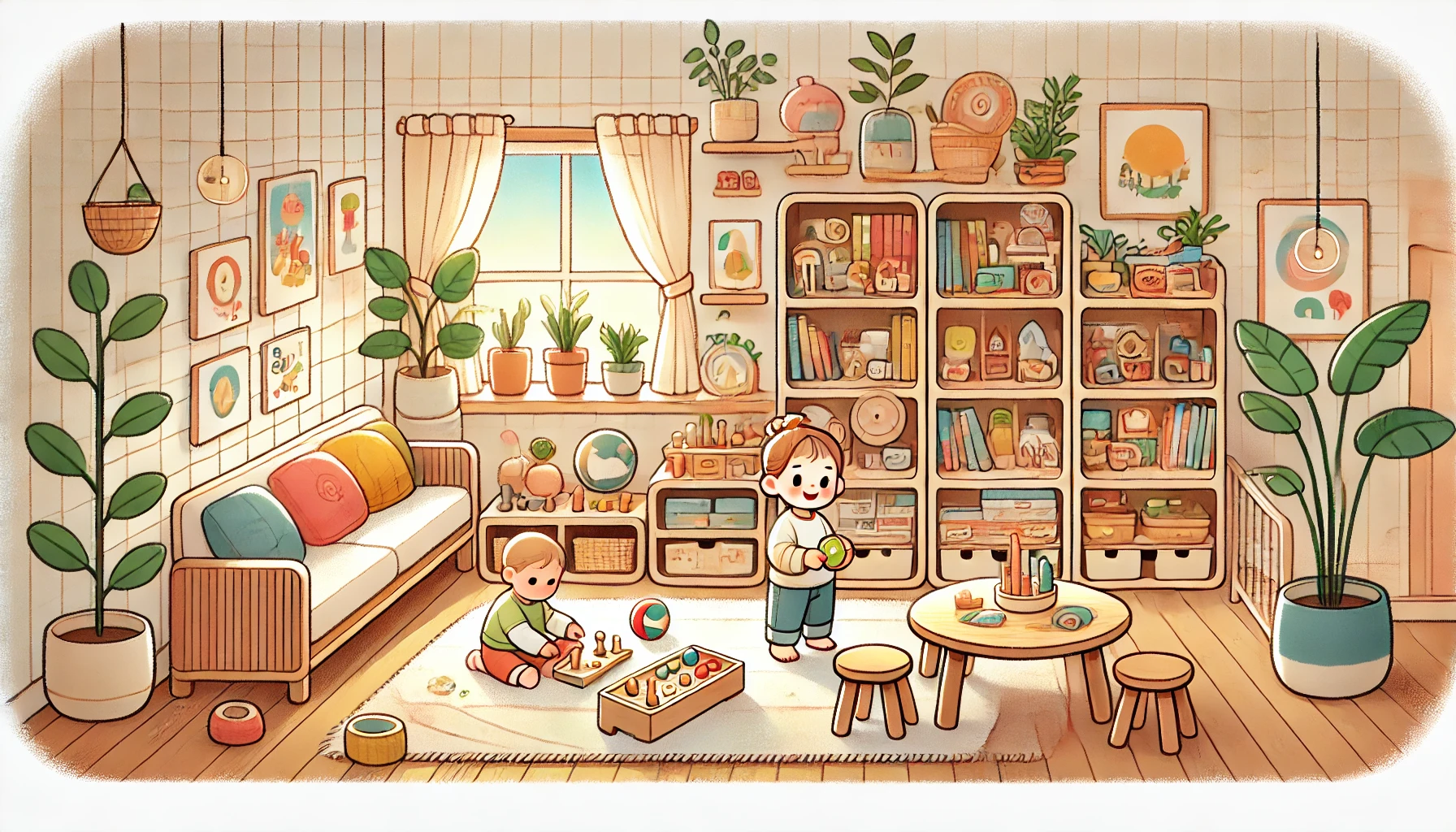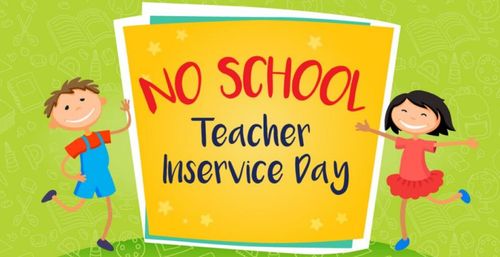
Understanding Knobbed Cylinders: A Montessori Classic for Young Learners
Montessori classrooms are filled with beautiful, thoughtfully designed materials that support children in their development of various skills. One such classic Montessori material is the knobbed cylinders, a versatile tool that sparks curiosity and builds essential early skills in young learners. Today, we want to share more about how these cylinders are used in the classroom and what your child can learn from working with them.
What Are Knobbed Cylinders?
The knobbed cylinders are a set of four wooden blocks, each containing ten cylinders that differ in diameter, height, or both. The tops of the cylinders have small knobs that children can hold, helping them lift each piece. These knobs are easy to grip, which makes them ideal for developing small motor skills—especially for children just beginning to refine their pincer grasp.
Each of the four blocks presents a different challenge:
Block A has cylinders that vary only in height.
Block B has cylinders that vary only in diameter.
Block C has cylinders that vary in both height and diameter.
Block D has cylinders that are either tall and narrow or short and wide.
How Are Knobbed Cylinders Used in the Classroom?
The learning experience begins with a Montessori teacher demonstrating how to remove the cylinders, one by one, and place them in front of the block. Children are then invited to replace each cylinder into its corresponding hole by matching the size and shape of each piece.
This hands-on activity allows children to explore on their own. They may:
Remove all cylinders and replace them in the correct order, developing spatial awareness and visual discrimination.
Mix two or more blocks, increasing the complexity of the activity as they learn to match each piece to its correct spot.
Perform the activity blindfolded to enhance their tactile discrimination by using only their sense of touch.
In a Montessori environment, the knobbed cylinders are often a child's first introduction to materials that isolate specific attributes, such as size and shape. The material is designed to be self-correcting—children will quickly realize if a cylinder doesn’t fit in the intended hole, promoting independent learning and problem-solving.
What Skills Does Your Child Develop?
Working with the knobbed cylinders provides a multitude of benefits that extend beyond a single classroom activity. Here’s what your child can learn:
1. Visual Discrimination of Size and Shape
The knobbed cylinders help children learn to distinguish between subtle differences in height, width, and size. This strengthens their visual discrimination skills, which are essential for later learning in reading and math.
2. Fine Motor Control and Coordination
Each cylinder has a small knob that requires a pincer grasp—the same grasp used when writing with a pencil. Manipulating the cylinders helps develop fine motor control and hand-eye coordination, setting the foundation for writing skills and other precise movements.
3. Problem Solving and Independence
As your child works with the cylinders, they engage in trial and error to figure out which piece fits where. This self-correcting aspect of the activity encourages children to explore independently, fostering patience and perseverance in problem-solving.
4. Preparation for Mathematics
The knobbed cylinders introduce concepts such as sequencing, pattern recognition, and size differentiation, which lay the groundwork for mathematical understanding. When children align the cylinders from smallest to largest, they’re beginning to understand the concept of gradation—a skill that will later help them with understanding numbers and measurements.
5. Language Development
The knobbed cylinders also offer an opportunity for language enrichment. As children work with the cylinders, teachers introduce vocabulary related to size, such as "thick," "thin," "tall," and "short." This helps children expand their descriptive language, which is important for effective communication.
Supporting Knobbed Cylinder Activities at Home
While you may not have knobbed cylinders at home, you can create similar activities that support the skills your child is building in the classroom. Here are a few simple ideas:
Sorting Objects by Size: Gather objects of varying sizes—such as cups, spoons, or boxes—and invite your child to sort them from smallest to largest.
Using Tongs or Tweezers: Encourage your child to use tongs or tweezers to pick up small objects like cotton balls or pom-poms. This helps develop their pincer grasp, just like the knobs on the cylinders.
Stacking Games: Use nesting cups or stacking toys to build towers of different heights, helping your child understand sequencing and size differences.
Conclusion: A Foundation for Learning
Knobbed cylinders may look like simple wooden blocks, but they are so much more than that. They offer a rich learning experience for young children, allowing them to build essential skills in independence, coordination, and critical thinking. By understanding the purpose of this material, you can better appreciate the depth and intention behind Montessori education, where every activity has a purpose that supports your child’s growth.
The next time your child shares something about working with “blocks with knobs” in the classroom, you’ll know they’ve been engaging with an activity that is preparing them for more complex concepts in the future—while enjoying the process of discovery.
If you’re interested in learning more about the materials your child is using in our community, feel free to ask our teachers! We’re always happy to share more about how the Montessori environment supports each child's unique development.






























